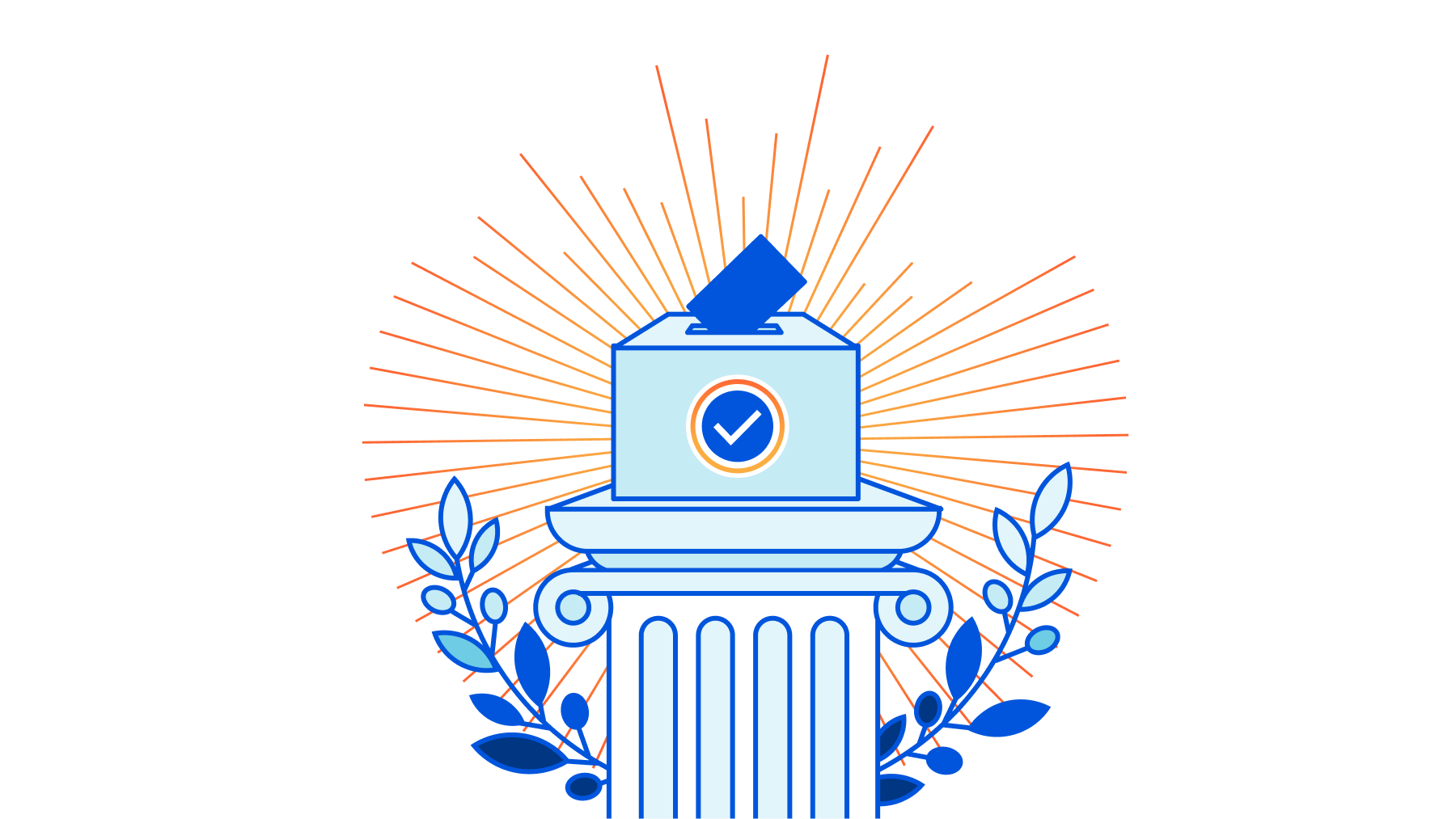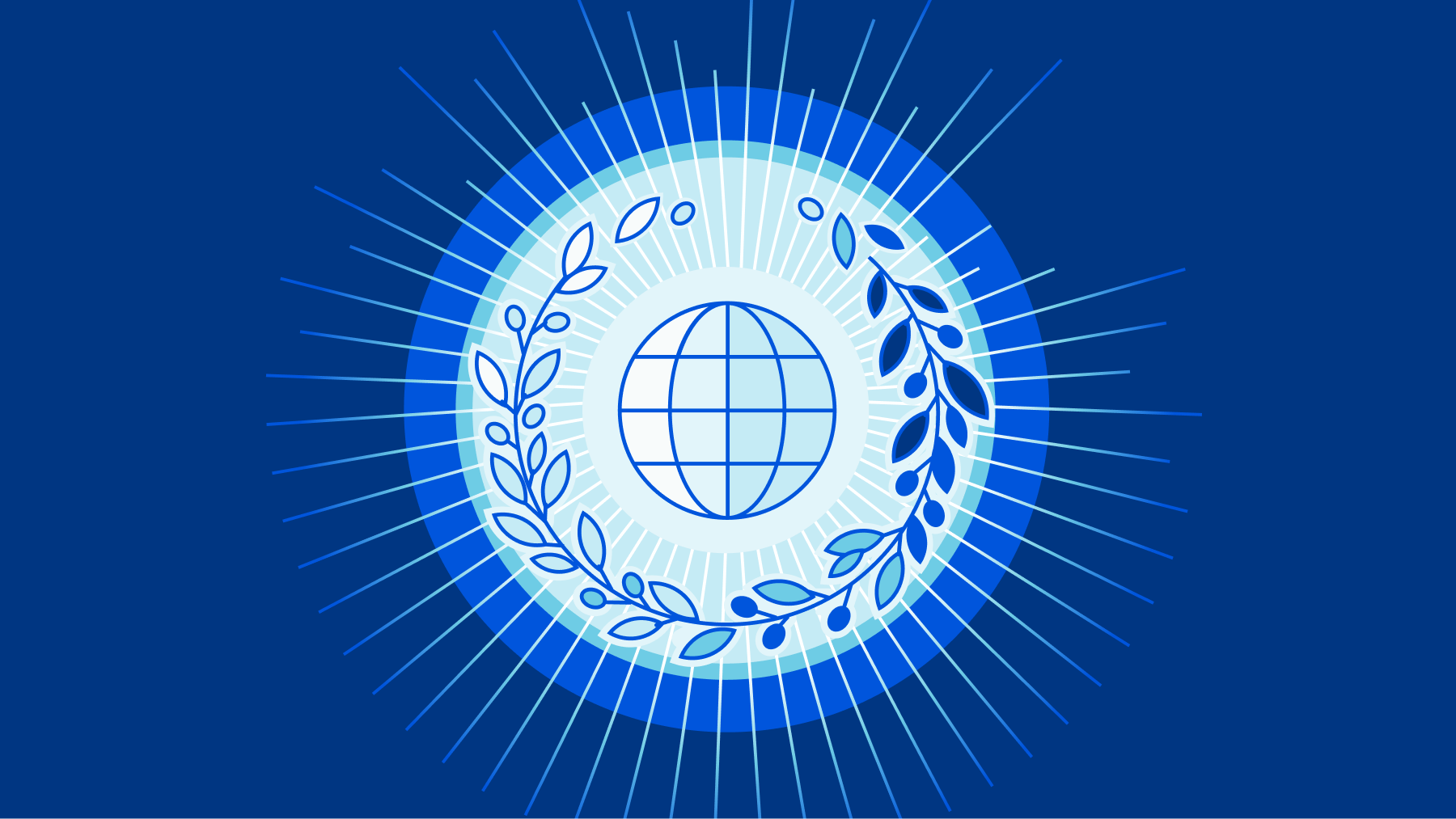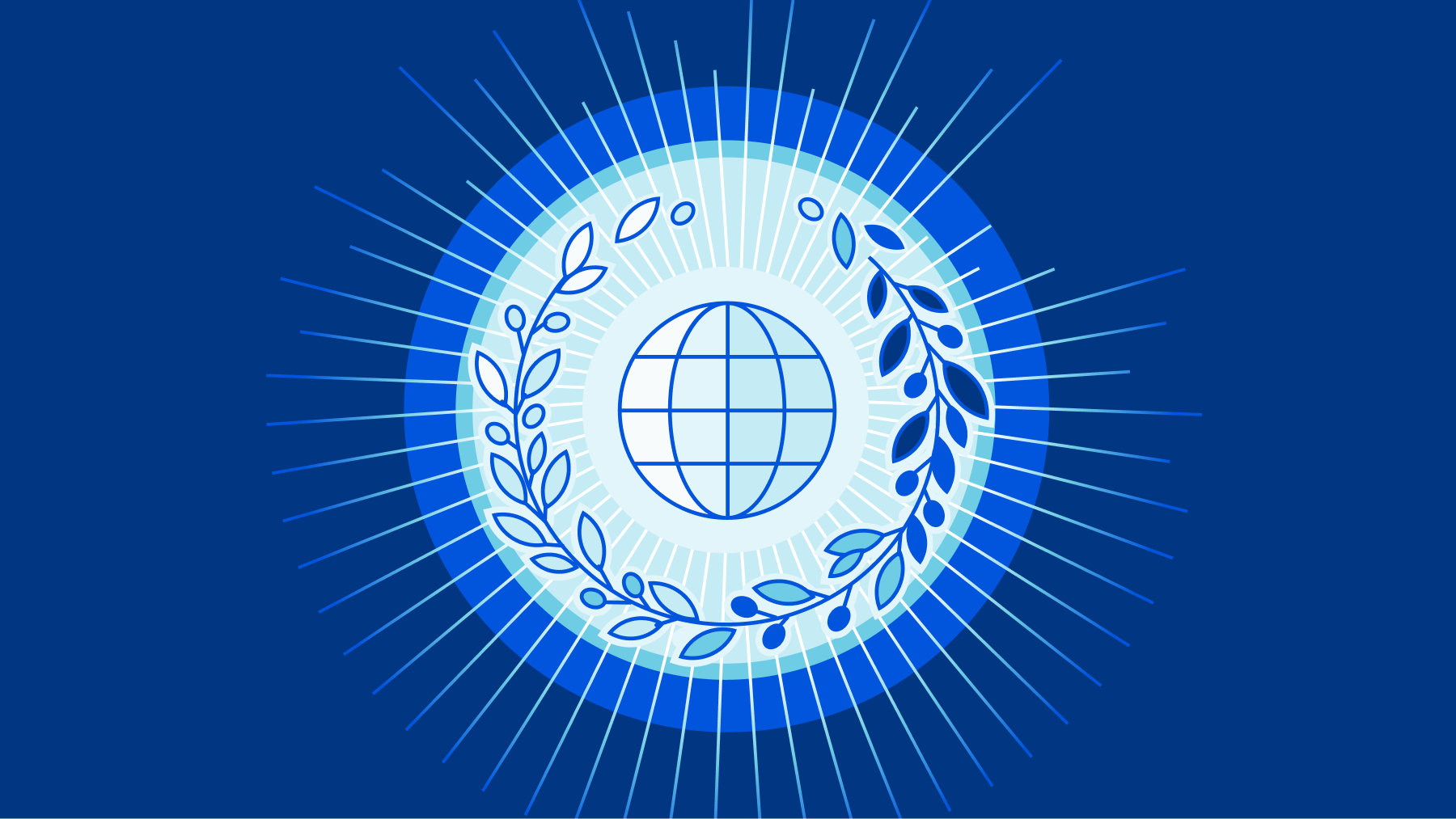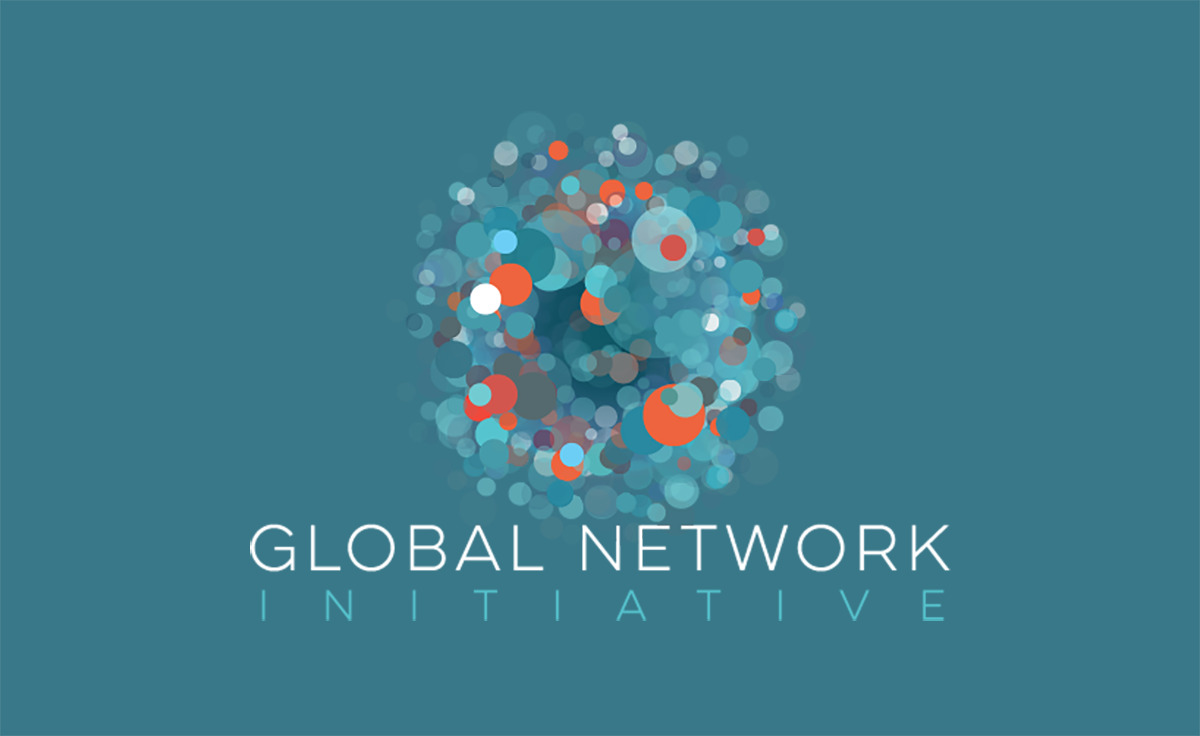Post Syndicated from Patrick Day original http://blog.cloudflare.com/switching-cloudflare-cut-your-network-carbon-emissions-sbti/

This post is also available in 简体中文, 日本語, 한국어, Deutsch, Español and Français.

Since our founding, Cloudflare has helped customers save on costs, increase security, and boost performance and reliability by migrating legacy hardware functions to the cloud. More recently, our customers have been asking about whether this transition can also improve the environmental impact of their operations.
We are excited to share an independent report published this week that found that switching enterprise network services from on premises devices to Cloudflare services can cut related carbon emissions up to 96%, depending on your current network footprint. The majority of these gains come from consolidating services, which improves carbon efficiency by increasing the utilization of servers that are providing multiple network functions.
And we are not stopping there. Cloudflare is also proud to announce that we have applied to set carbon reduction targets through the Science Based Targets initiative (SBTi) in order to help continue to cut emissions across our operations, facilities, and supply chain.
As we wrap up the hottest summer on record, it's clear that we all have a part to play in understanding and reducing our carbon footprint. Partnering with Cloudflare on your network transformation journey is an easy way to get started. Come join us today!
Traditional vs. cloud-based networking and security
Historically, corporate networks relied on dedicated circuits and specialized hardware to connect and secure their infrastructure. Companies built or rented space in data centers that were physically located within or close to major office locations, and hosted business applications on servers in these data centers. Employees in offices connected to these applications through the local area network (LAN) or over private wide area network (WAN) links from branch locations. A stack of security hardware in each data center, including firewalls, intrusion detection systems, DDoS mitigation appliances, VPN concentrators, and more enforced security for all traffic flowing in and out.
This architecture model broke down when applications shifted to the cloud and users left the office, requiring a new approach to connecting and securing corporate networks. Cloudflare’s model, which aligns with the SASE framework, shifts network and security functions from on premises hardware to our distributed global network.

This approach improves performance by enforcing policy close to where users are, increases security with Zero Trust principles, and saves costs by delivering functions more efficiently. We are now excited to report that it materially reduces the total power consumption of the services required to connect and secure your organization, which reduces carbon emissions.
Reduced carbon emissions through cloud migration and consolidation
An independent study published this week by Analysys Mason outlines how shifting networking and security functions to the cloud, and particularly consolidating services in a unified platform, directly improves the sustainability of organizations’ network, security, and IT operations. You can read the full study here, but here are a few key points.
The study compared a typical hardware stack deployed in an enterprise data center or IT closet, and its associated energy consumption, to the energy consumption of comparable functions delivered by Cloudflare’s global network. The stack used for comparison included network firewall and WAF, DDoS mitigation, load balancing, WAN optimization, and SD-WAN. Researchers analyzed the average power consumption for devices with differing capacity and found that higher-capacity devices only consume incrementally more energy:

The study noted that specialized hardware is more efficient per watt of electricity consumed at performing specific functions — in other words, a device optimized for intrusion detection will perform intrusion detection functions using less power per request processed than a generic server designed to host multiple different workloads. This can be seen in the bar labeled “impact of cloud processing efficiency” in the graph below.
However, these gains are only relevant when a specialized hardware device is consistently utilized close to its capacity, which most appliances in corporate environments are not. Network, security, and IT teams intentionally provision devices with higher capacity than they will need the majority of the time in order to be able to gracefully handle spikes or peaks.
For example, a security engineer might have traditionally specced a DDoS protection appliance that can handle up to 10 Gbps of traffic in case an attack of that size came in, but the vast majority of the time, the appliance is processing far less traffic (maybe only tens or hundreds of Mbps). This means that it is actually much more efficient for those functions to run on a generic device that is also running other kinds of processes and therefore can operate at a higher baseline utilization, using the same power to get more work done. These benefits are shown in the “utilization gains from cloud” bar in the following graph.
There are also some marginal efficiency gains from other aspects of cloud architecture, such as improved power usage effectiveness (PUE) and carbon intensity of data centers optimized for cloud workloads vs. traditional enterprise infrastructure. These are represented on the right of the graph below.

Researchers compared multiple examples of enterprise IT environments, from small to large traffic volume and complexity, and found that these factors contribute to overall carbon emissions reduction of 78-96% depending on the network analyzed.
One of the most encouraging parts of this study was that it did not include Cloudflare's renewable energy or offset purchases in its findings. A number of studies have concluded that migrating various applications and compute functions from on premises hardware to the cloud can significantly cut carbon emissions. But, those studies also relied in part on carbon accounting benefits like renewable energy or carbon offsets to demonstrate those savings.
Cloudflare also powers its operations with 100% renewable energy and purchases high-quality offsets to account for its annual emissions footprint. Meaning, the emissions savings of potentially switching to Cloudflare are likely even higher than those reported.
Overall, consolidating and migrating to Cloudflare’s services and retiring legacy hardware can substantially reduce energy consumption and emissions. And while you are at it, make sure to consider sustainable end-of-life practices for those retired devices — we will even help you recycle them!
Cloudflare is joining the Science Based Targets initiative (SBTi)
We're incredibly proud that Cloudflare is helping move the Internet toward a zero emissions future. But, we know that we can do more.
Cloudflare is thrilled to announce that we have submitted our application to join SBTi and set science-based carbon reduction targets across our facilities, operations, and supply chain.
SBTi is one of the world's most ambitious corporate climate action commitments. It requires companies to achieve verifiable emissions reductions across their operations and supply chain without the use of carbon offsets. Companies' short- and long-term reduction goals must be consistent with the Paris Climate Agreement goal of limiting global warming to 1.5 degrees above pre-industrial levels.
Once approved, Cloudflare will work over the next 24 months with SBTi to develop and validate our short and long term reduction targets. Stay tuned to our blog and our Impact page for updates as we go.
Cloudflare's commitment to SBTi reduction targets builds on our ongoing commitments to 100% renewable energy, to offset or remove historic carbon emissions associated with powering our network by 2025, and reforestation efforts.
As we have said before, Cloudflare's original goal was not to reduce the Internet's environmental impact. But, that has changed.
Come join Cloudflare today and help us work towards a zero emissions Internet.




















